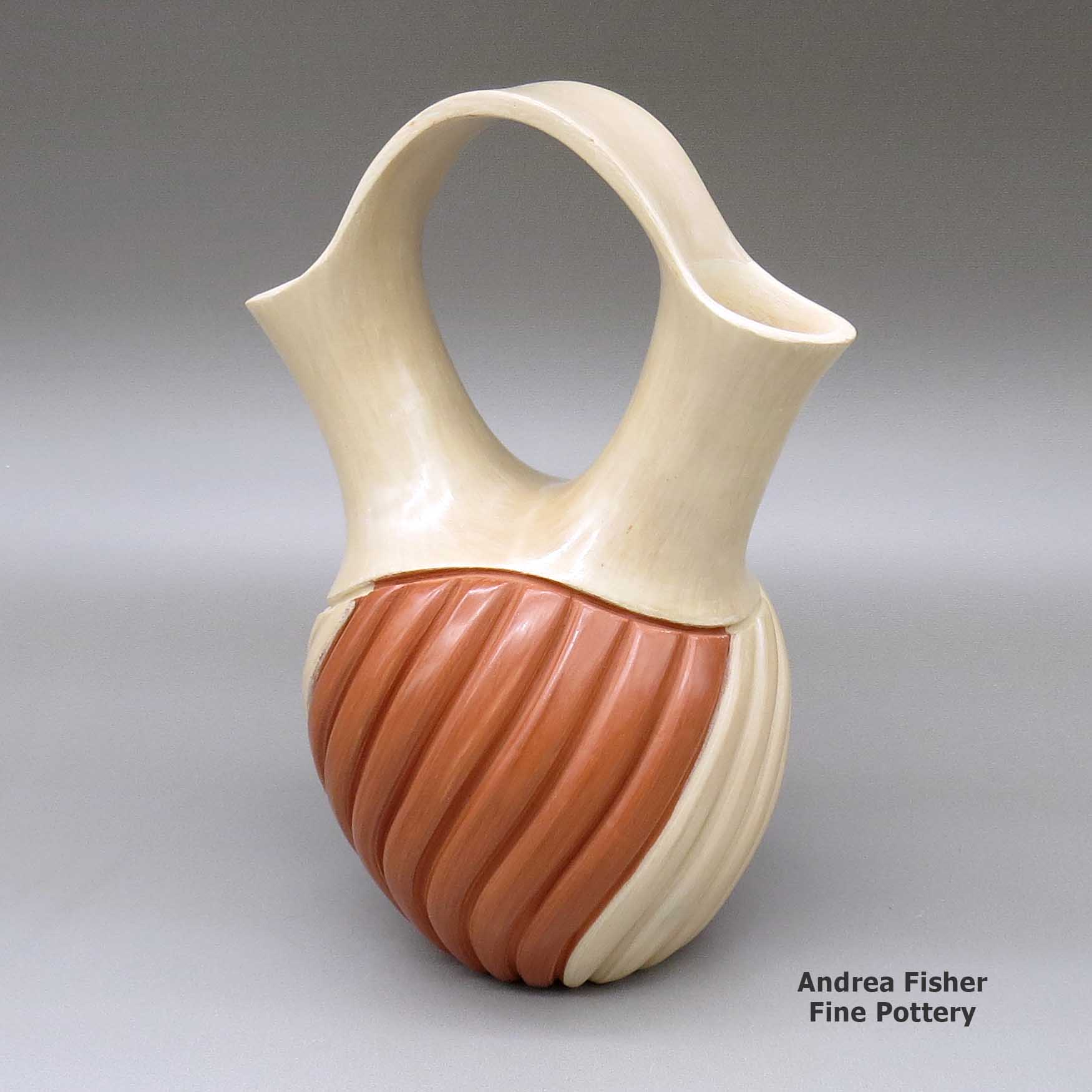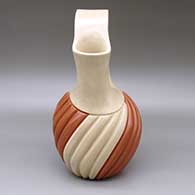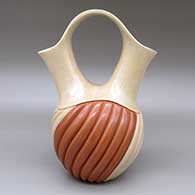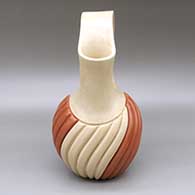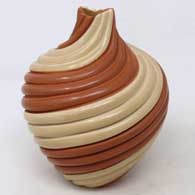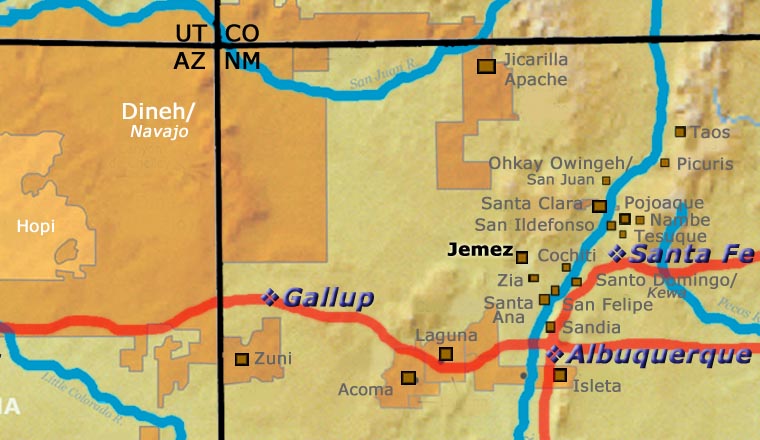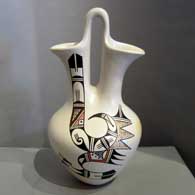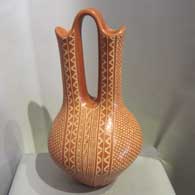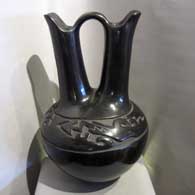100 West San Francisco Street, Santa Fe, New Mexico 87501
(505) 986-1234 - www.andreafisherpottery.com - All Rights Reserved
(505) 986-1234 - www.andreafisherpottery.com - All Rights Reserved
Yepa Family Tree
Disclaimer: This "family tree" is a best effort on our part to determine who the potters are in this family and arrange them in a generational order. The general information available is questionable so we have tried to show each of these diagrams to living members of each family to get their input and approval, too. This diagram is subject to change should we get better info.
- Felipita Toledo Yepa (b. 1922) and Nicolas Yepa (b. 1915)
- Alvina Yepa (1954-)
- Jose and Ida (Toya) Yepa
- Emma Yepa (1968-) and Albert Arizmendt Sr
- Albert Arizmendt Jr.
- Breanna Arizmendt
- Diana Yepa
- Emma Yepa (1968-) and Albert Arizmendt Sr
- Cristino Yepa
- Lawrence (1948-) and Lupita (Toya)(c. 1953-) Yepa
- Elston and Dina (Santo Domingo) Yepa
- Wallace Yepa
- Priscilla Yepa
- Salvador Yepa (1940-) and Doreen Carpenter
- Marcella Yepa (1964-)
- Benjamin Yepa
- Donovan Yepa
- Shaunna Yepa
- Marcella Yepa (1964-)
- Salvador Yepa (1940-) and Florence Yepa (Loretto)(1949-)
- Miriam Brenda Loretto (Panana) (1967-)
- Robin Loretto
- Matthew Panana
- Ryan Panana
- Victor Loretto
- Adrianna Loretto (1978-)
- Emmet Trevor Yepa
- Miriam Brenda Loretto (Panana) (1967-)
Some of the above info is drawn from Southern Pueblo Pottery, 2000 Artist Biographies, by Gregory Schaaf, © 2002, Center for Indigenous Arts & Studies
Other info is derived from personal contacts with family members and through interminable searches of the Internet and cross-examination of the data found.


